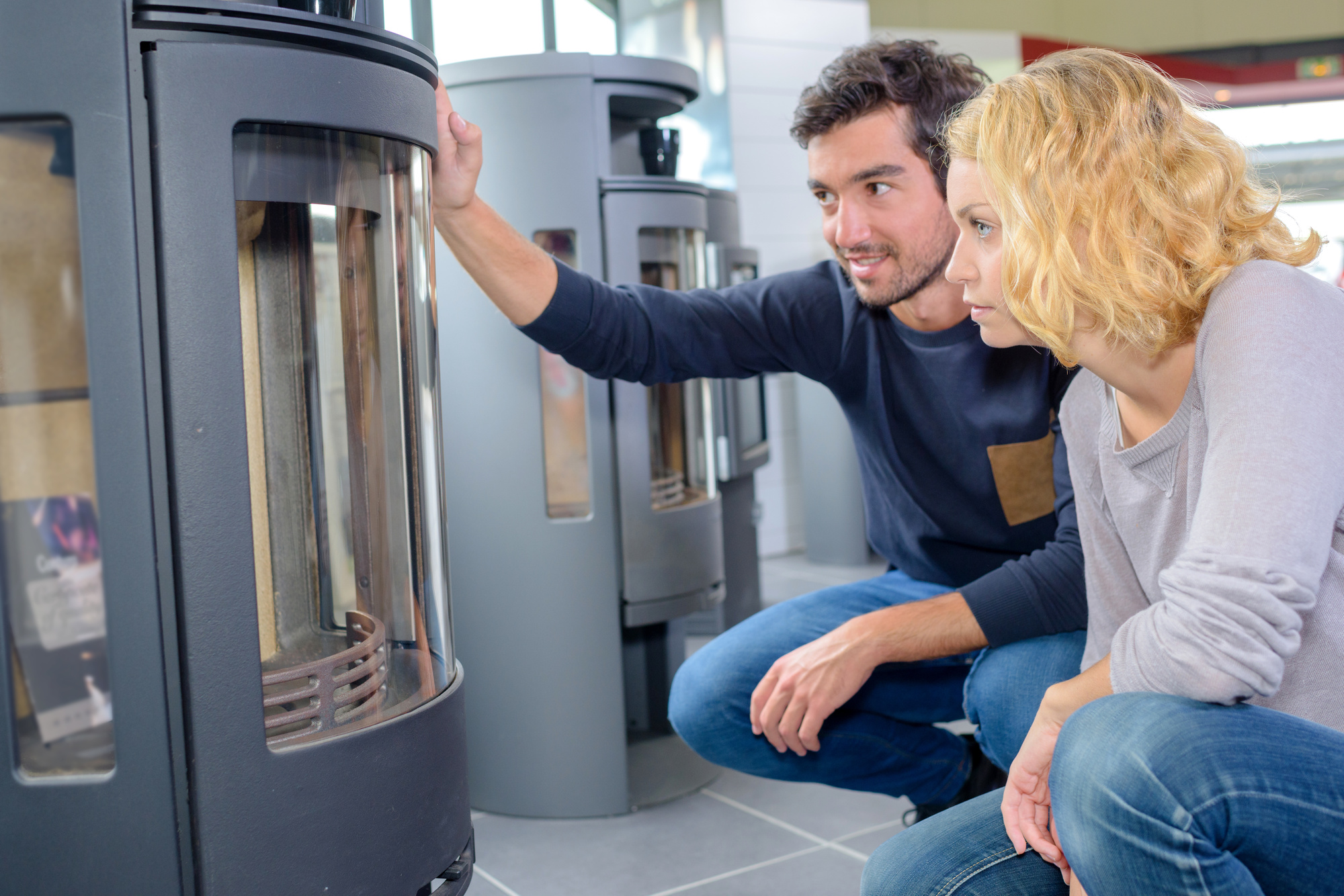
choosing the furnace
Your heating systems are often well-oiled, meaning they should go long periods without making any noise.
Unfortunately, most furnaces develop noises throughout their lives. These noises range from annoying to threatening.
Understanding what is going on can help you relax when it is just cabin noises and look into repair when it is something more sinister.
We’re going to walk you through the most common furnace noises and what they mean.
High-Pitched Whining Sounds
High-pitched noises signal a faulty motor, improper air flow, or a failing draft motor. The exact cause of the noise will vary depending on your furnace. Still, common solutions include checking for blockages in ducts or vents, tightening fan and motor belts, checking the gas pressure, checking the blower motor, or replacing faulty parts.
If the whining sound persists after these repairs, it is best to contact a professional before attempting any further repairs. You can check out antonshvac.com.
Booming and Banging
Generally, these noises are attributed to your duct system. These ducts vibrate when the furnace turns on. The longer it runs and the larger the home, the more it can be louder and more frequent.
You can solve this by adding more supports in the ducts and insulating them better, reducing some of the vibration’s noise. Another possible reason is the expansion and contraction of metal components, like the heat exchanger. This is common when carbon dioxide builds up and combusts.
Rattling, Squealing, and Clanking
Rattling noises occur when the furnace’s motor is impacted by dirt and dust. This will cause it to vibrate and make clanking or rattling noises.
Squealing noises usually indicate that a belt on the motor needs to be replaced while clanking noises tend to mean that there is a worn part inside a broken furnace. Contact a trained heating and cooling professional immediately if you hear any of these noises, as they could indicate a dangerous mechanical issue.
Rumbling and Humming
Rumbling and humming are typically caused by the furnace blower running. Though the sound is normal, it might also indicate that your motor is going bad, but it may also simply be the fan belt slipping or becoming stretched from frequent use.
To ensure your furnace blower has no serious problem, inspect the belt for signs of wear and tear and replace it as needed. Additionally, check the fan wheel for buildup and the motor for proper lubrication.
Purring, Hissing, and Rasping
Purring is usually a normal sound, indicating the fan motor is running properly. Hissing sounds can indicate someone is making adjustments to the furnace, such as turning it on or off. It can also indicate a gas leak, which should be addressed immediately.
A rasping sound may be a sign that the fan motor is malfunctioning and needs to be replaced or repaired. Noises from a furnace can also indicate an issue with the air intake or exhaust system. It’s wise to have a professional check it out if you’re unsure what the noise means.
It’s Best to Have Furnace Noises Checked Immediately
Common furnace noises can sound daunting, but understanding the sound can identify potential issues. Reach out to an expert if the noise is abnormal or persists. You can keep your furnace running smoothly with proper care and regular maintenance.
Get help with efficient and effective furnace repair or replacement before it’s too late for your peace of mind.
Found this article helpful? Check out our other great content!
Leave a Reply